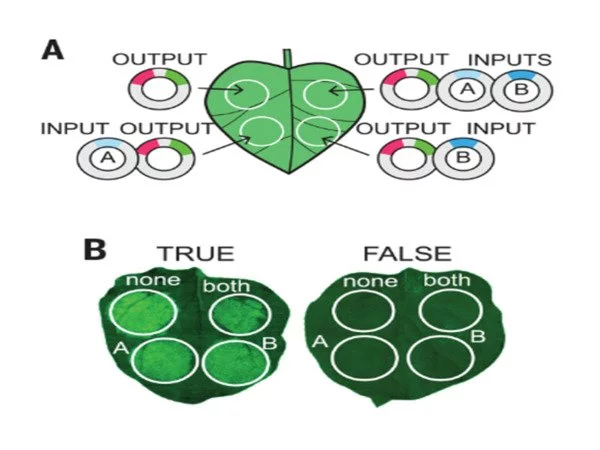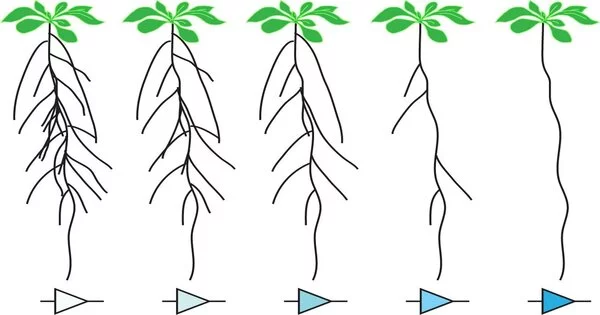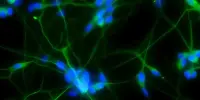Synthetic genetic circuits are a type of technology that allows scientists to manipulate the genetic makeup of plants in order to change their behavior or characteristics. One application of this technology is the reprogramming of plant roots, which can be done to optimize nutrient uptake, improve drought tolerance, or enhance resistance to pests and diseases. This is achieved by introducing new genes or modifying existing ones in the plant’s DNA, which can be done using techniques such as CRISPR or TALENs. However, the safety and long-term effects of using synthetic genetic circuits to reprogram plants are still being studied and debated.
Controlling gene activity is an important step in genetically engineering plants for improved bioenergy crops. This study created synthetic genes that can be combined to achieve specific gene expression patterns within the plant. The synthetic genes’ expression is programmed using Boolean (“AND,” “OR,” and “NOT”) logic gates, which function similarly to computer circuit boards. The researchers were able to create predictable, novel expression patterns of fluorescent proteins using synthetic gene circuits. Finally, they redesigned root architecture by varying the number of root branches using similar gene circuits.
To understand biological functions and design new biotechnology applications, scientists need to precisely manipulate gene expression. This is the process that converts instructions in DNA into proteins and other products that allow cells to do their jobs in an organism. Controlling specific patterns of gene expression in plants is challenging. One potential solution is synthetic genetic circuits. However, tuning circuit activity across different plant cell types has proven difficult.
To establish synthetic gene circuits capable of predictably regulating gene expression in plants, scientists adapted a large collection of bacterial gene regulators for use as synthetic activators or repressors of gene expression in plants, also known as transcription factors.
This research developed new genetic circuits that allow precise control of the root architecture. As roots are important for the uptake of water and nutrients, this approach will allow the design of tailored root architectures. This will in turn help researchers to engineer bioenergy crops with improved characteristics for growth in marginal lands.
To establish synthetic gene circuits capable of predictably regulating gene expression in plants, scientists adapted a large collection of bacterial gene regulators for use as synthetic activators or repressors of gene expression in plants, also known as transcription factors. Using a transient expression system, the researchers demonstrated that the synthetic transcription factors and their target DNA sequences (promoters) are able to direct specific and tunable control of gene expression.

They designed synthetic promoters that responded to one synthetic transcription factor to work as simple logic gates that responded to one input, while more complex gates required synthetic promoters that responded to multiple inputs. The research found these logic gates to control expression in predictable ways according to the specific Boolean rules encoded in the engineered genes.
To implement synthetic gene circuits in a multicellular context, the researchers used Arabidopsis roots as a model system where endogenous promoters drove tissue-specific expression of the synthetic transcription factors. The gene circuits generated novel expression patterns that were the result of successfully performing logical operations.
The researchers further used one of the logic gates to quantitatively control the expression of a hormone signaling regulator to tune the amount of root branching in the root system of Arabidopsis. These results demonstrate that it is now possible to program gene expression across plant cell types using genetic circuits, providing a roadmap to engineer more resilient bioenergy crops.
















